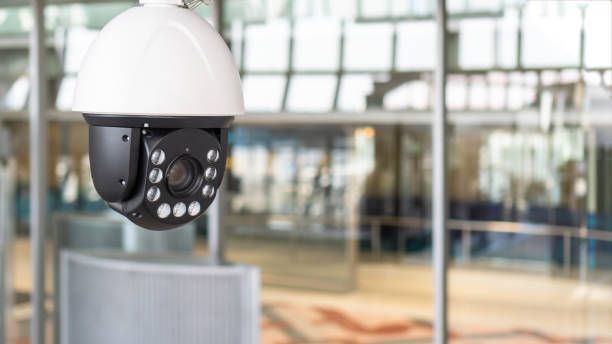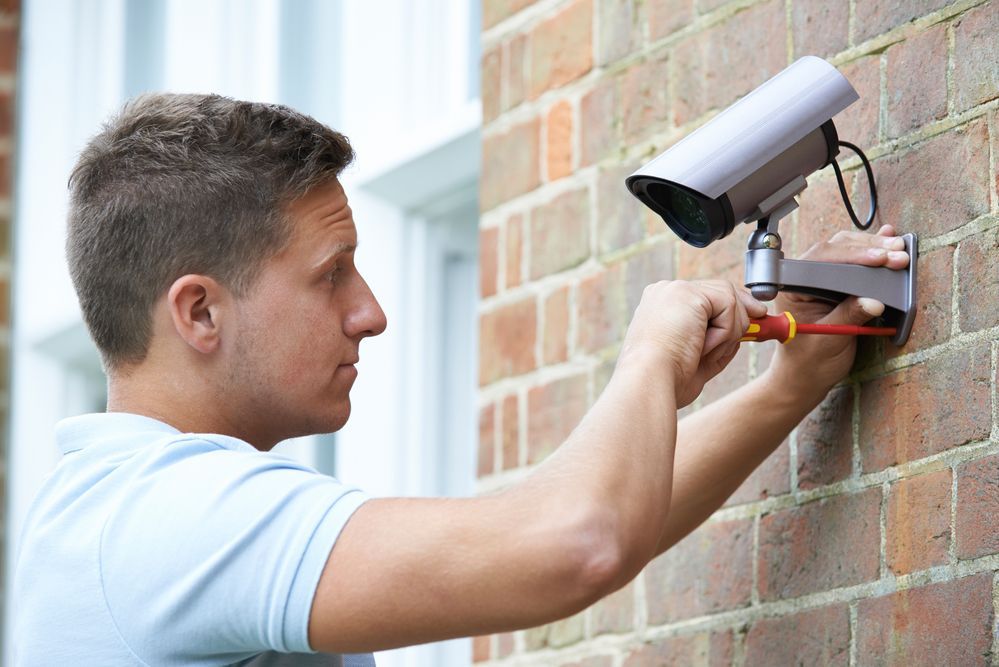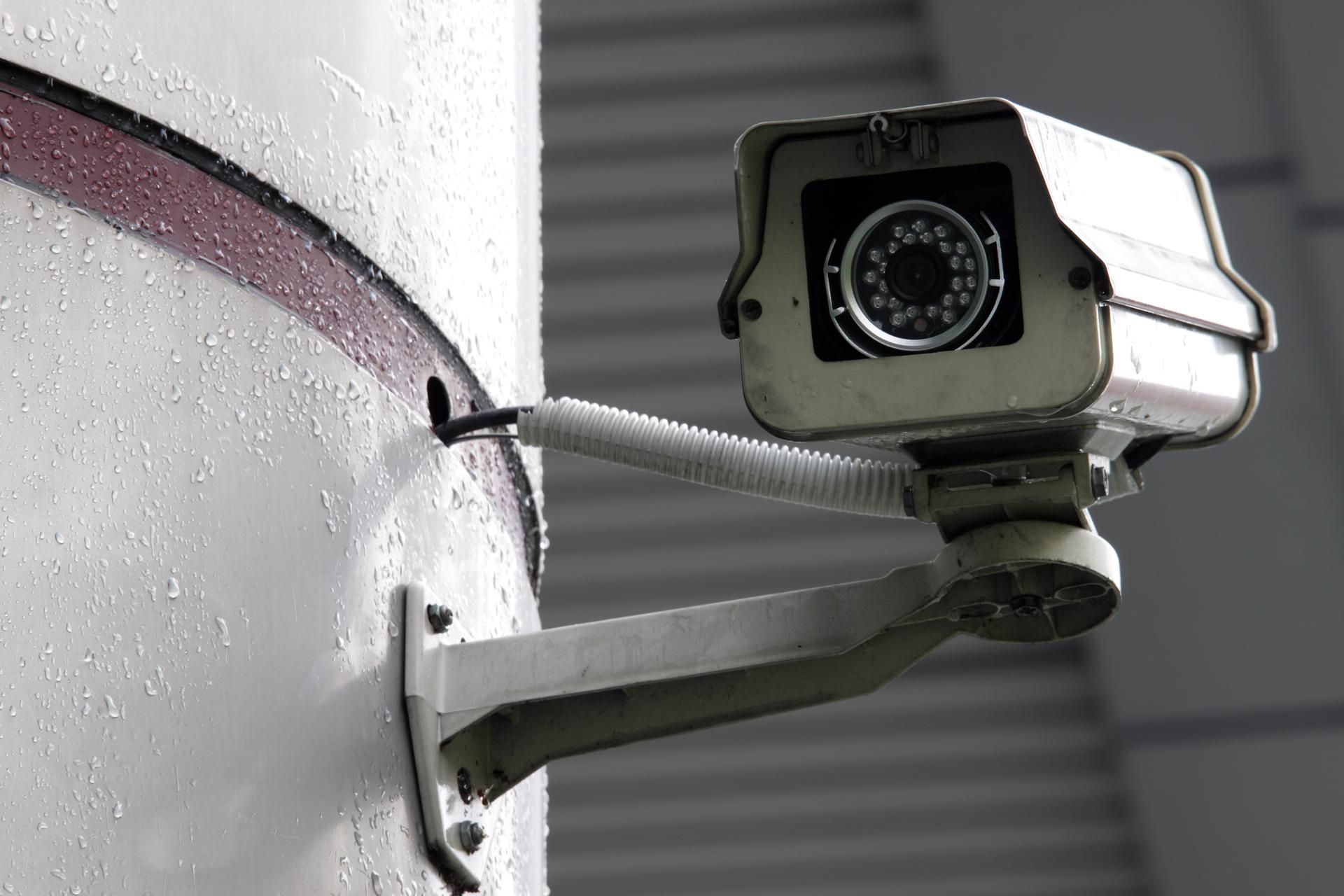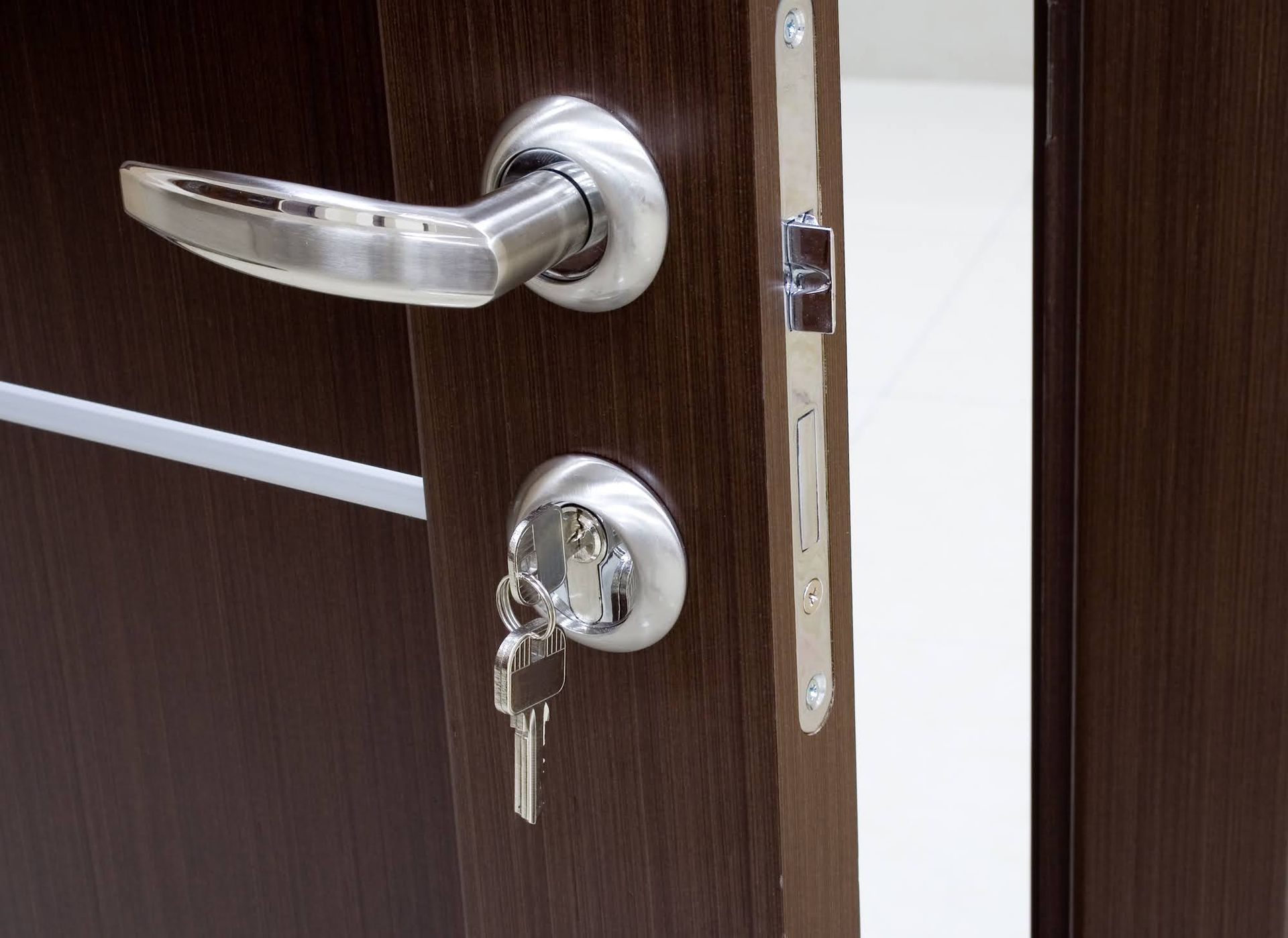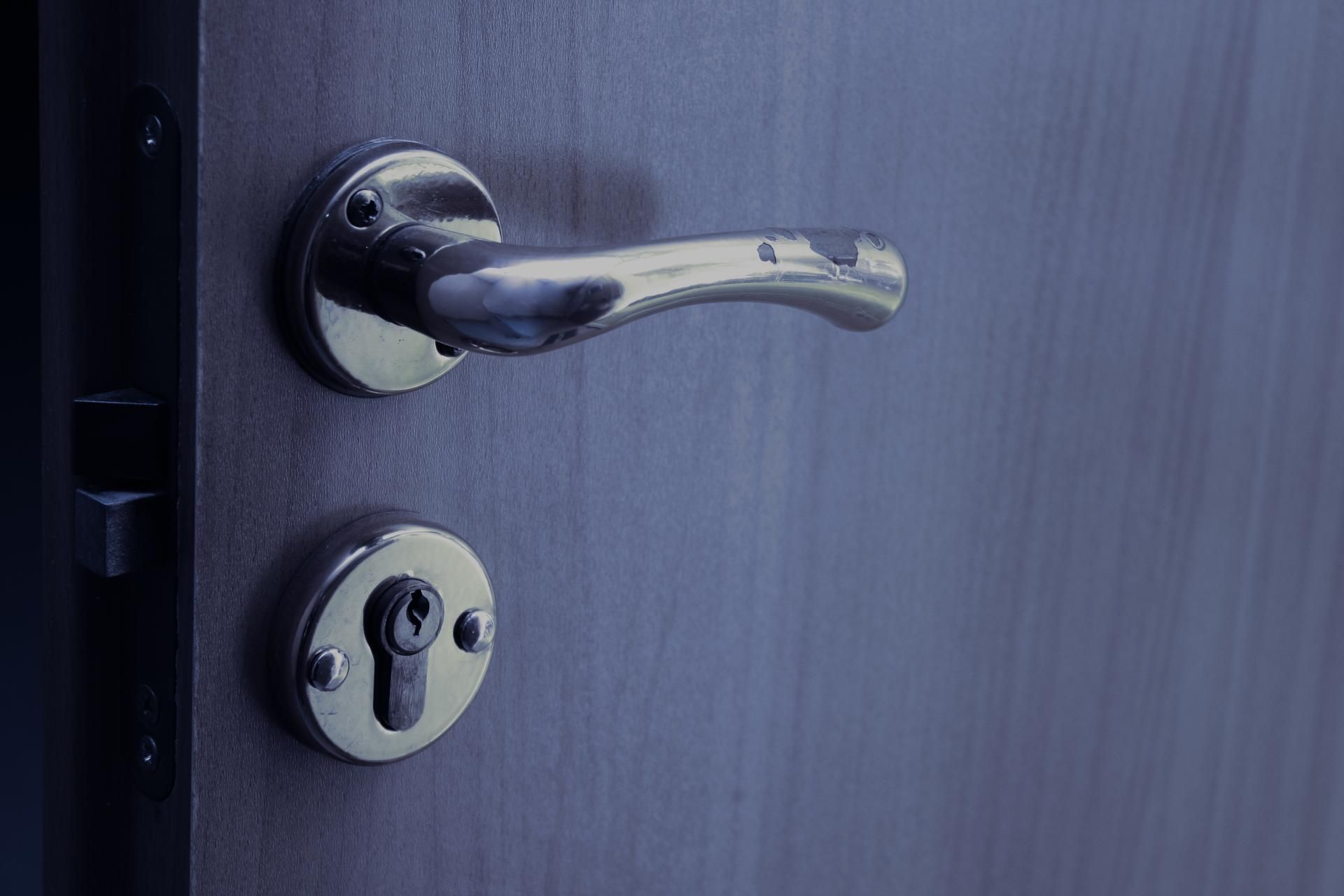4 Exterior Door Security Myths
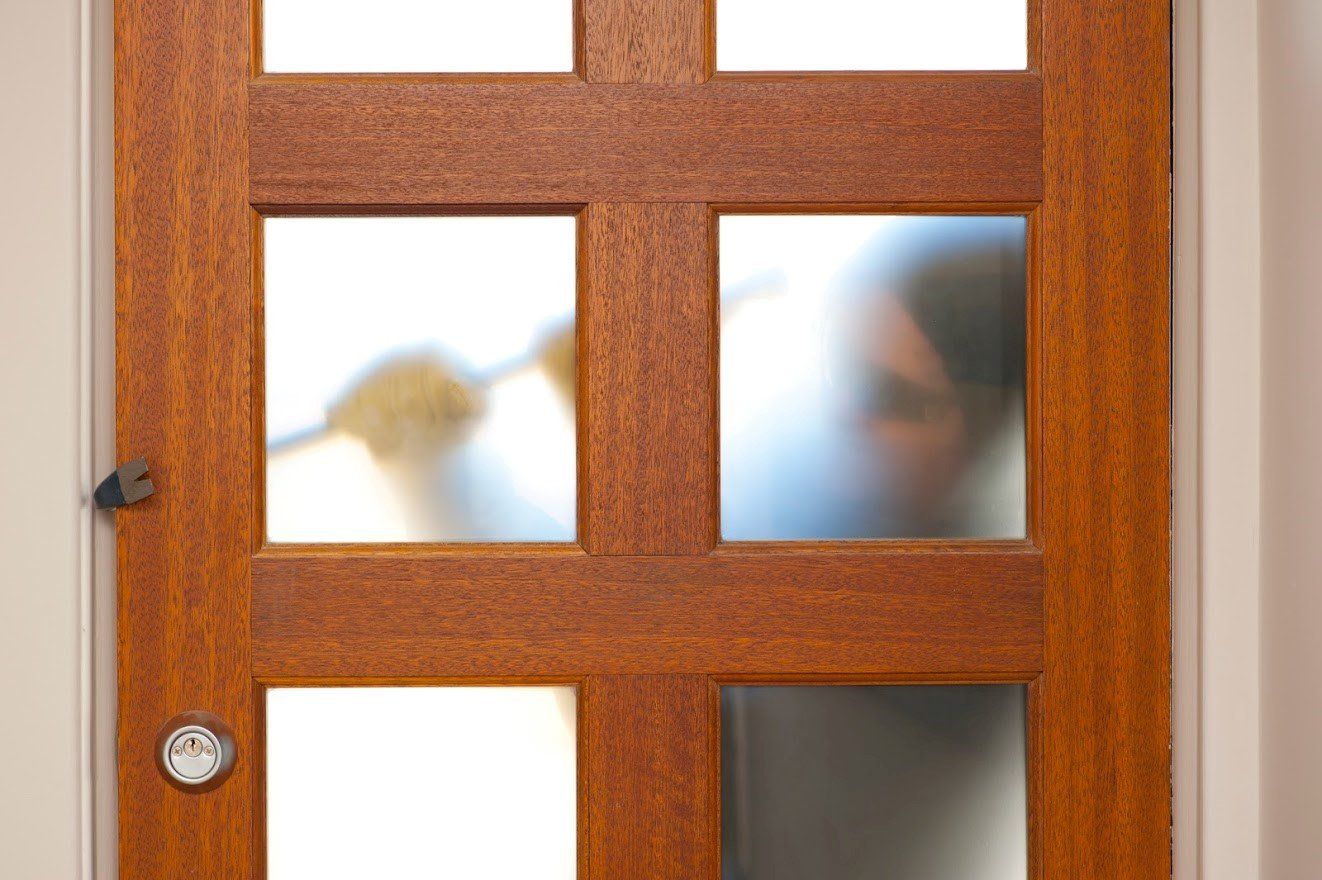
A large number of home intruders gain entry into the homes they burglarize right through the front or back exterior doors. For this reason, you should ensure that all of your exterior doors are as secure as possible to help protect your family from these intruders.
However, you may believe some common myths about exterior door security that prevent you from obtaining the most secure exterior doors and locks on the market today.
Read on to learn about four exterior door security myths.
1. Electronic Locks Are Always Safer Than Keyed Locks
There are many hi-tech exterior door locks on the market today. Just a few of these lock types include keypad locks that allow you to enter a code into a keypad to unlock the door, biometric locks that open when an authorized user scans their fingerprint, smartphone-controlled locks, and key fob proximity locks that open when you are within a pre-determined distance of the lock and holding its key fob.
While the unique designs of these locks can help make locking and unlocking doors more convenient for home occupants, they do not always offer greater security than manual locks do. In fact, some strong manual locks built with quality materials can be much more secure than electronic locks not built with maximum strength in mind.
Whether you choose to install electronic or manual locks, an easy way to ensure you are equipping your doors with the most secure locks on the market is to check the American National Standards Institute (ANSI) grade of the locks. These grades range from 1 to 3, with ANSI grade 1 locks being the most secure locks on the market today.
2. Deadbolts Prevent All Door Kick-ins
While burglars attempt to break door locks in many ways — such as drilling into the lock — to gain entry into a home, many home intruders instead choose to break into homes by simply kicking exterior doors inward.
Unfortunately, many homeowners believe that the installation of deadbolts makes it difficult, if not impossible, to kick in their doors. However, many exterior doors equipped with deadbolts can still be kicked in by home intruders relatively easily.
While you should not remove your deadbolt locks, because they do provide good overall door security, you should add an additional security device to your doors to protect them from getting kicked in.
One device designed to prevent door kick-ins is a floor-mounted door brace. While there are many door braces on the market today, most are mounted on the floor inside of the home adjacent to an exterior door. When an intruder attempts to kick in a door equipped with a brace, the brace provides added resistance against the force of the kicks. In fact, some floor-mounted door braces can withstand as much as 1,800 pounds of kicking force.
3. Outward Swinging Exterior Doors Are More Secure
While the replacement of an inward swinging exterior door with one that swings outward can help prevent door kick-ins, outward swinging doors are do not always offer overall better home security than inward swinging doors for several reasons.
First, the hinges of an inward swinging door that lie inside of the home are much more difficult for home intruders to tamper with than the hinges of an outward-swinging door that must be positioned on the door exterior. While exterior hinges can be equipped with protective devices that help prevent door removal when hinge pins are removed, it is not impossible for intruders to break these devices to gain entry into the home.
In addition, if a home occupant opens an exterior door to find a potential home intruder standing on the other side of it, an inward swinging door is much easier for them to close before the potential intruder gains entry into the home.
4. All Sliding Glass Door Security Bars Are Made Alike
All sliding glass doors should be equipped with security bars to help prevent entry into the home if an intruder breaks the main door lock. However, some sliding glass door bars do not offer as much added security as others.
There are three main security bar styles on the market today: screw-mounted bars, pressure lock bars, and bars held in place with double-sided tape. These bars are also made from a wide number of materials.
For optimal sliding glass door security, choose a screw-mounted bar instead of one that is secured with a pressure lock or double-sided tape. If an intruder jiggles the door enough, they could knock loose a security bar that is not permanently mounted in place. Also, avoid security bars made from plastic and instead install a bar made from a strong metal that is not easily broken, such as steel.
Many home intruders gain access to the homes they burglarize right through the front and back exterior doors. Forget these exterior door security myths and contact the staff at Dixie Safe & Lock Service to schedule secure
exterior door lock and hardware installation today.



